
A trek a year is a must, says former foreign secretary Shyam Saran who has been at it for over 20 years. Here he lists his favourite five, all in the Himalayas.
When former foreign secretary Shyam Saran retired from his post, the first thing he did was go to Bhutan for a trekking vacation.
Saran, 66, served as India's ambassador to Nepal, Indonesia and Myanmar, and also helped negotiate the Indo-US nuclear agreement. He has been an avid trekker for almost two decades. "I started trekking somewhere around 1990," he says, "and make it a point to do a trek at least once a year."
Saran treks with a group of friends including ambassador Dev Mukherjee, or with his children. He has done solo trekking, but says he prefers to go with a group of people. He describes five of his favourite treks.
...
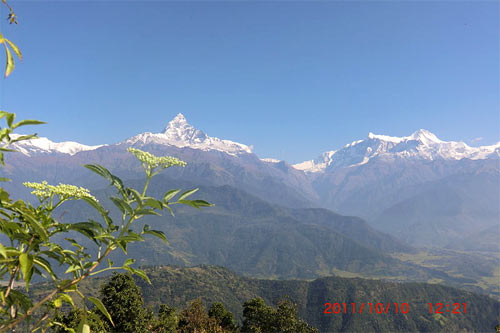
This range is situated in central Nepal and is one of the most spectacular treks I have done. It took us about 12-14 days to complete the trek and I went with a group of friends.
We passed through some picturesque villages. I prefer it to the Everest Base Camp trek, which is generally very crowded.
The Annapurna trek reaches 18,000 feet above sea level, but through most of the trek the vegetation is lush. Once you reach the top, ice-capped mountains greet you and it is an extremely serene feeling.
We didn't encounter much trouble during the trek as we had a knowledgeable guide who helped us throughout the trek.
On every trek I take, I ensure that we have a local guide as otherwise one could easily get lost.

One of the most breathtakingly beautiful places I have seen, and perhaps my favourite trekking destination in the world. There is so much history attached to this place.
It is said that Bhusundi narrated the Ramayana to Jatayu near this lake. It is a sight to behold.
It took us about two weeks to complete this trek. It is also one of the most arduous treks that I have done, on very difficult terrain. It reaches 17,000 feet and the view of the Himalayas is simply majestic.
The lake itself is surrounded by snow. The landscapes you see here you will not see anywhere else.
You have to carry a lot of warm clothing as it gets really cold, but you do get more than decent food along the route.
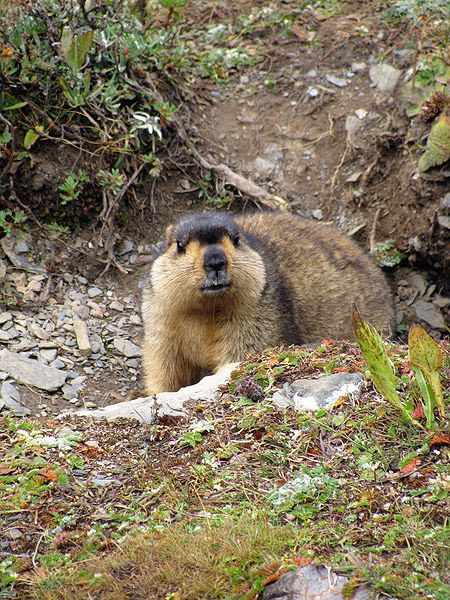
This is one of the most popular treks in Bhutan, and offers great insights into the Bhutanese culture and landscape.
It crosses some spectacular ridges and alpine pasturelands, and along the way you can visit several Bhutanese temples.
The local people are extremely helpful, but as with all my treks I make sure that there is a local guide with us [check the last slide for more of Saran's trekking "essentials"]. You have to be careful about the weather as well.
It is not a long trek, and takes seven or eight days. Though shorter than many other treks, it is not easy, but it is worth the effort and attracts a lot of trekkers.
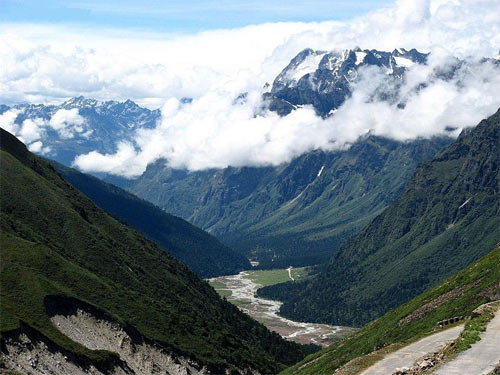
In India I have done three or four treks, including the Nanda Devi trek, the Old Curzon Trail and others in Uttarakhand.
But one of the best I did was in Sikkim in the Yumthang Valley up to the base camp of Mt Kanchenjunga. You start in sub-tropical forests, cross into alpine meadows and finally reach deciduous forests.
Here I saw the real impact of climate change. The glacier near the base camp of Kanchenjunga used to be 2 km closer than it is now.
Unlike in Bhutan and Nepal, I am a bit sceptical about drinking spring water in India. Though the valley is beautiful, one can see the lack of infrastructure development.
There are hardly any places where you can eat or rest. To be fair, all that is forgotten once you finish the trek.
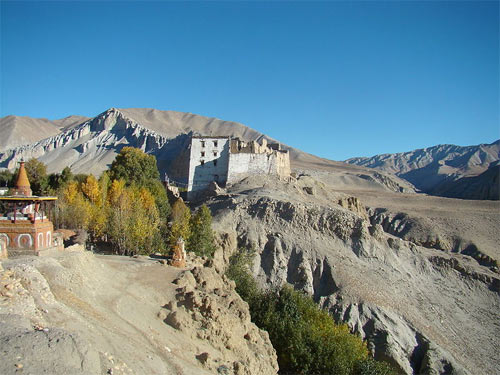
I have done a lot of treks in Nepal and each one has been extremely beautiful. Mustang lies on the border with China, on the edge of the Tibetan plateau, and remains untouched by the outside world.
It is an extremely arduous trek that crosses a series of high ridges. But the houses and monasteries you pass have a rich Tibetan feel and you get a dose of Tibetan culture throughout.
The area has an impressive history. Mustang was the last independent kingdom to fall to Prithvi Narayan Shah of Nepal's Gorkha dynasty.
It took us about 12 days to finish the trek. We saw a lot of rock formations, valleys and eroded canyons. It is best to avoid this trek during the monsoons.
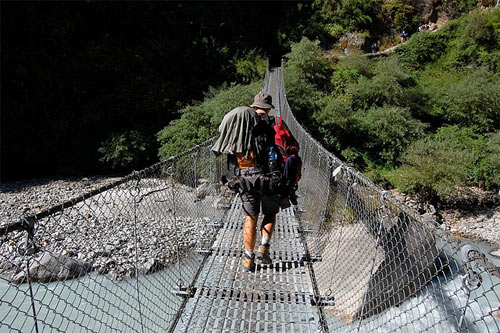
The right gear
Never underestimate the power of nature. Make sure you have enough warm clothing as well as rainproof gear. Carry a good sleeping bag. You never know when you might encounter extreme temperatures.
Acclimatisation
Tip: Climb at least 500 feet higher than the place where you intend to halt for the night. This will help you acclimatise better, and you will have a much better sleep.
A good guide
A guide is essential. With a good guide you will learn a lot more about the region you are trekking in, and you will not lose your way.
Medicine
Take a decent stock of all the medicine you need, including antibiotics, band-aids, pain relief sprays and water-purifying tablets.
Be realistic about risk
Return as quickly as you can if you feel you cannot do the trek, or experience altitude sickness. Take a pony with you, if possible, because if you fall ill and cannot descend in time to a lower altitude, the chances are that your condition will get worse.
Want to share your travel story and pictures? Simply write in to getahead@rediff.co.in (subject line: 'My Travel Story'), along with pictures of the destination you're writing about. We'll publish the best ones right here on rediff.com!